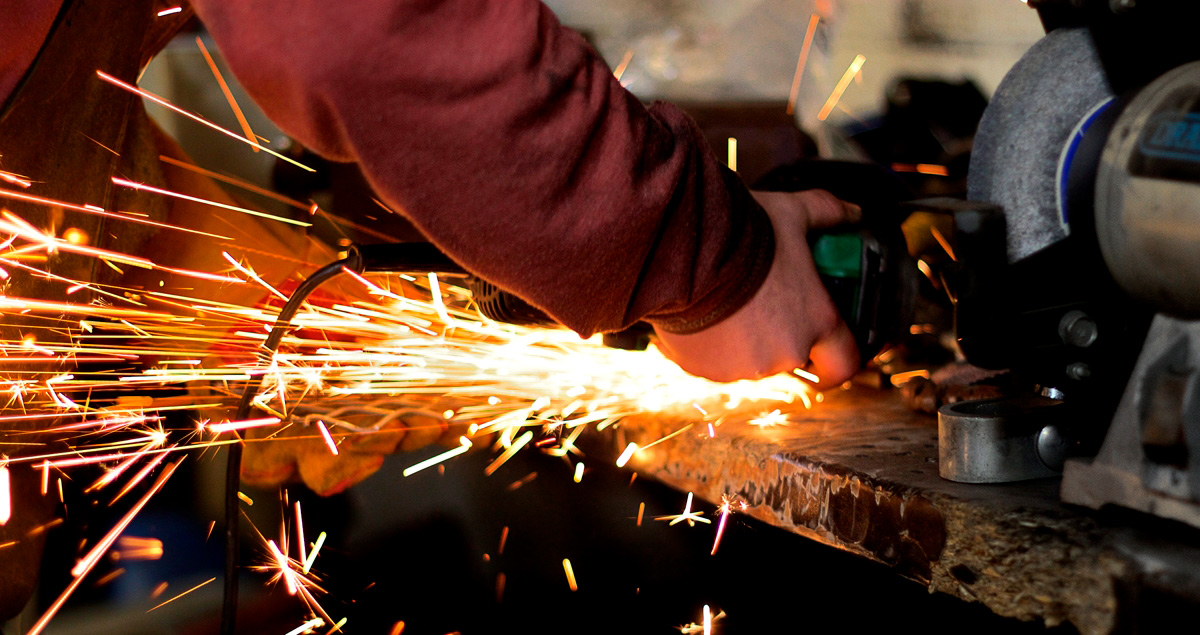The machinery of a planet

Index
The average person goes through each day busy with life, focused on the pressing needs of job, family and existence, and will accept and use all the conveniences the modern world has to offer, or at least those that are readily within reach. He or she has no control over the industrial forces that create the economic booms and busts that deliver or impede opportunity, and rarely, if ever, even thinks about the goings on of the metals making world, which is the genesis of so much that makes the human part of the planet we inhabit work.
Ironmaking. Steelmaking. Aluminum making. Continuous casting. Long and flat hot rolling. Cold and non-ferrous rolling. Endless casting and rolling. Regulations compliance. The Industrial Internet of Things (IIoT). Competitive advantages and disadvantages. Continuous pressure by manufacturers of all stripes to innovate and deliver ever-higher quality metals to meet ever-changing market demands. These are some of the things that keep inventors, engineers, and planners up at night. Another is the near- and long-term future of the metals industry a topic which is covered at length in a special issue of Metals Magazine, published by a leading name in metals making, Primetals Technologies.

Forging the Future
According to a report from the Organization for Economic Cooperation and Development (OECD), the world’s installed steelmaking capacity is projected to increase to 2.36 billion tons by 2017, which is 760 million tons more than the 1.6 billion tons of steel consumed in 2015. “Steelmakers will soon be able to produce nearly one-third more steel than the world actually needs,” wrote Dr. Lawrence Gould, managing editor of Metals Magazine. “The reality is already oversupply, deteriorating prices, financial losses, bankruptcies and plant closures which is not only limited to steel manufacturers. Despite the best intentions by key steel-producing countries to reduce excess capacity, these efforts will certainly be accompanied by job losses, social instability, trade wars and maybe even worse.” But Dr. Gould went on to assure readers, “Not everything is necessarily doom and gloom.” He bases his optimism on his perspective of experiencing ups and downs in the industry over a career that has spanned decades, plus a deeper look into a set of broader factors that must be taken into consideration.
Dr. Gerald Hohenbichler, an inventor with his fingerprints on some 300 patents that have moved the metals industry forward, also has his finger on the pulse of the future of metals. “My crystal ball tells me that a big surprise for the steel industry will be coming up over the next two to three years,” he said in a recent interview. “It will be a positive change, and it will be coming from outside of the industry.” Dr. Hohenbichler’s insight is informed as is Dr. Gould’s by an in-depth, multi-year study conducted by Primetals Technologies to reveal just how the metals industry will look in the decades to come and which developments, innovations and technologies will prevail.
Company specialists examined multiple trends, considered hundreds of hypotheses and held discussions with some 80 metals producers, their customers, researchers, industry experts, governmental and non-governmental organizations, and industrial partners throughout the world. To see what’s in store, read the entire article: The Future of Metals The Outlook for the Metals Industry in the Decades to Come.





